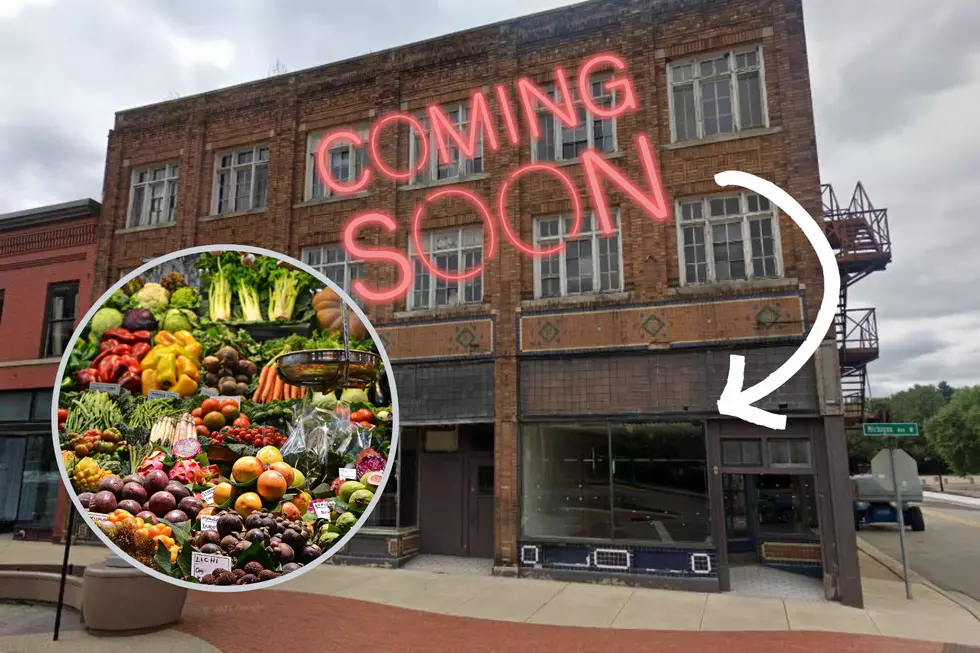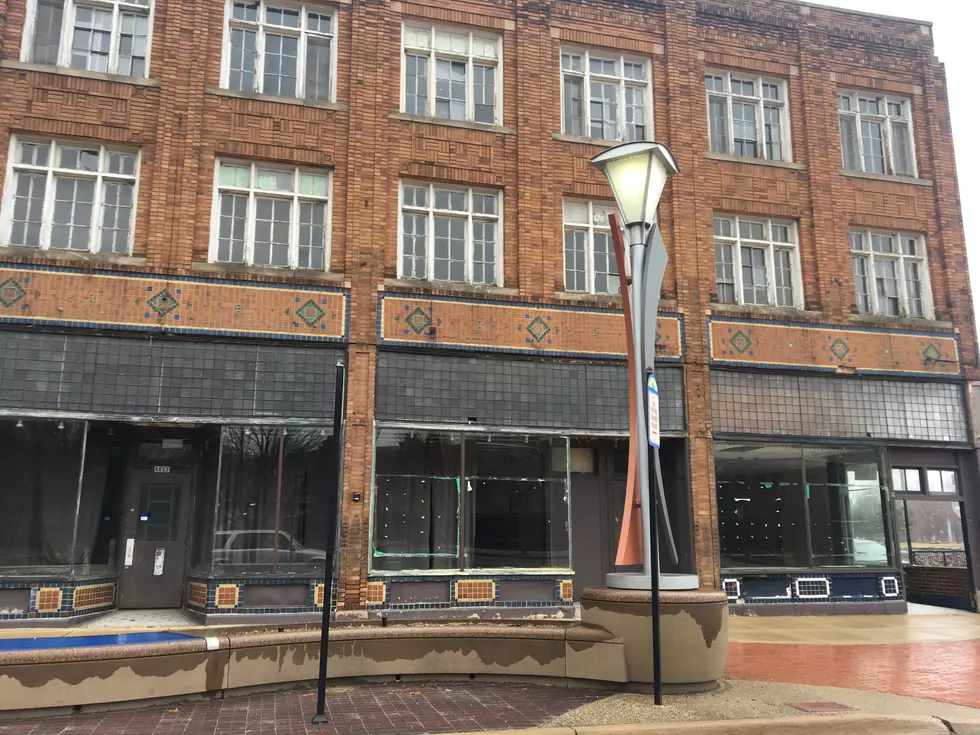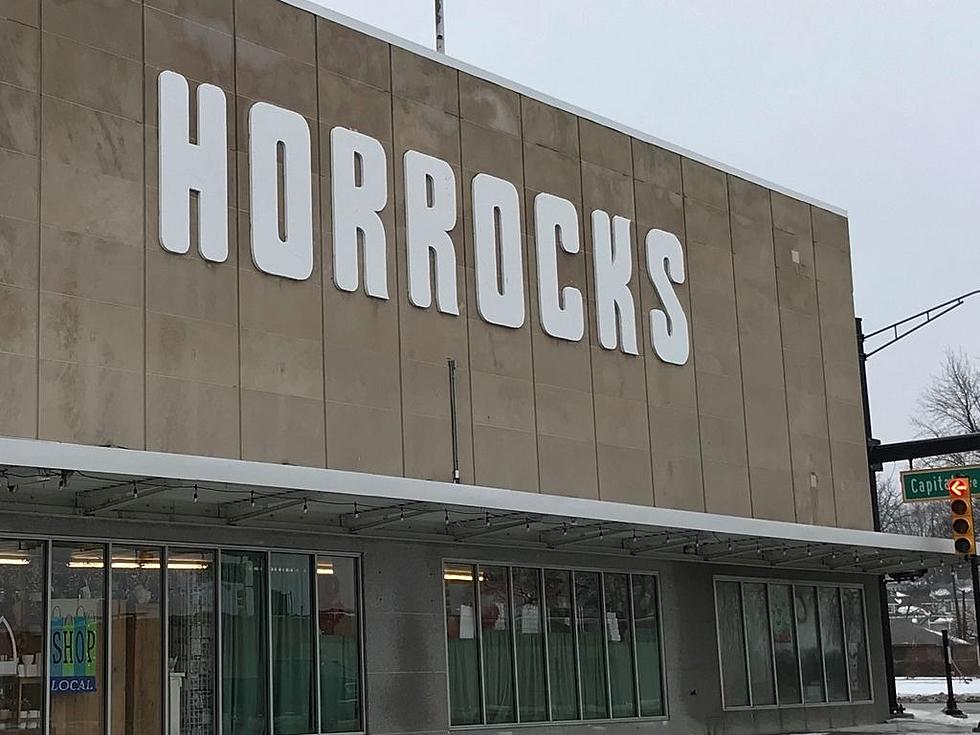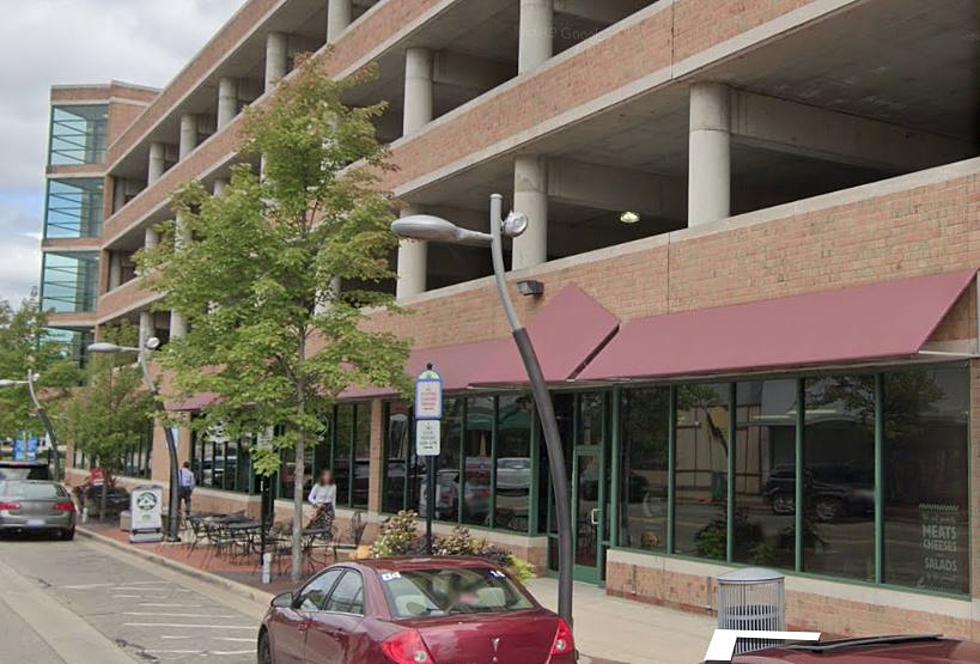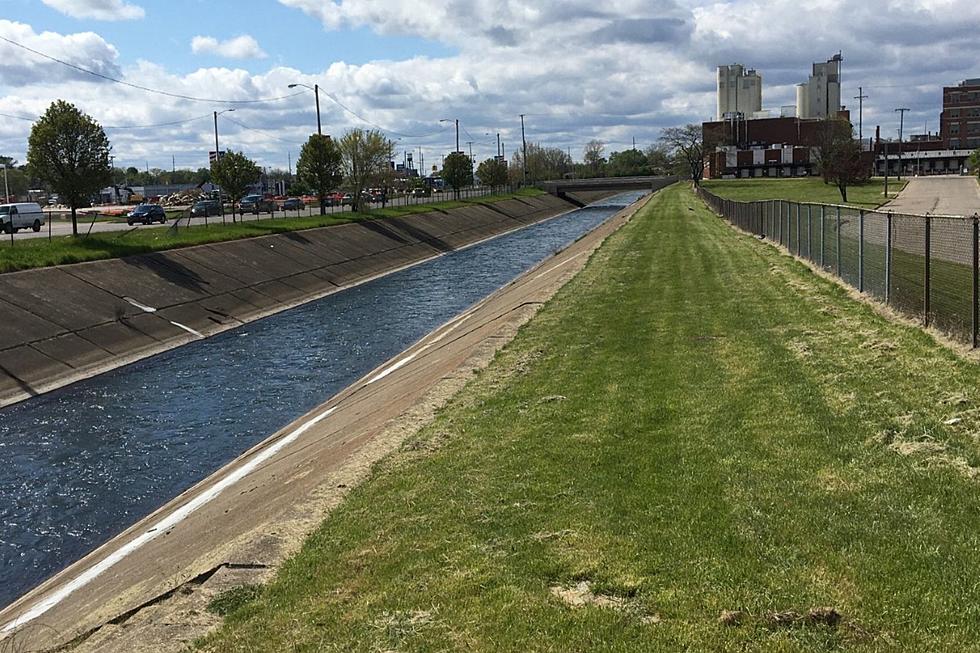
Will Battle Creek Tear Out the Cement River?
When people first see Battle Creek, the view is often from Dickman Road near Capital Avenue. Let’s face it. It’s not the best view. There’s a giant fenced-in cement trough between Dickman Road and downtown Battle Creek, near where a natural winding river used to be. Not many people remember what that stretch of the Kalamazoo River looked like back then, but most are aware of why the “cement river” was built.
Floods were a big problem in Battle Creek, with major floods in 1908 and 1947 making a mess of downtown. In the 1950s, former Mayor William Bailey and several prominent citizens formed the Rail Consolidation Board (RCB). Their work eventually resulted in the Army Corp. of Engineers coming in and building the “cement river”, also known as the Kalamazoo River diversion channel. Roads were moved, bridges built, an entire neighborhood was erased, and a beautiful river was gone. But then so were the floods. The water first flowed through the cement trough on Sept. 29, 1961.
Fast-forward a half-century, and some in the community started to re-think the diversion channel. Local attorney John Macfarlane and his wife, former Battle Creek City Commissioner Nancy Macfarlane were two of those people, and they’re still working to make it happen-- and it just might.
John Macfarlane was a guest on the 95.3 WBCK Morning Show with Tim Collins and talked about the vision, known as Battle Creek Whitewater. He serves as the group’s President. “Certainly there were other people on the Commission that were supportive of the idea at the time and some other members of the community who are also excited to see this happen, “said Macfarlane.
Macfarlane said Battle Creek isn't the only community that has a channelized river. “In the 1940s and 50s, these things were all the rage all across the country. The United States Army Corps of Engineers built these things literally from coast to coast. And now 60, 70, or 80 years after the fact, not only are the communities themselves rethinking this approach to flood protection, but the Army Corps of Engineers is also rethinking their old approach to the problem.”

Macfarlane says aesthetics and economics aside, there’s another problem with these channels. “Unlike a natural riverbed, a concrete channel has a limited lifespan. This concrete doesn't last forever. There are parts of the Kalamazoo River Channel in downtown Battle Creek that now need to be repaired or replaced, and that is just going to get worse.”
Macfarlane said any naturalization of the river will have to continue to provide the same protection against flooding, and he said that’s mandated by Federal law. “We right now that river channel can accommodate 8000 cubic feet per second, which is a massive amount of water. It’s designed to handle or to protect the community from a 500-year flood event followed immediately by another 500-year flood event. If we were to try to deviate from that standard, it would literally take an act of Congress to change it. So we don't want to change it, and we don't intend to change it. What we want to do is to come up with an alternative design that will allow people access to the river and allow us to enjoy it as a more natural-looking waterway.”
Macfarlane says it can be done. “When our organization formed in 2012 we did some fundraising and hired a civil engineering firm to do a fairly extensive preliminary floodplain study. The study, done in 2016, found that there is an alternative design available for the river.”
Now the next step is to get the Army Corps of engineers involved again. “If the Army core of engineers gives us the go-ahead, they've indicated to us that they have $20 million that they could devote to this project. In the preliminary stage, the city has some grant money that they've already received to help them do some hydraulic modeling.” Battle Creek’s project would be smaller than many, as the channel only runs 7/10th of a mile.
Macfarlane said many communities have already done similar projects, including North Adams Massachusetts, Milwaukee Wisconsin, Denver Colorado.
Battle Creek Whitewater has a website where you’re encouraged to sign a petition of support or donate money for more studies.
Some in the community are getting more excited about the prospect of Battle Creek’s project happening. The former Econo Lodge at Capital Avenue and Dickman has been torn down, as has the K-Mart store and auto center across the street. Michigan Paperboard Company is planning to vacate the factory at Dickman and Capital, Horrocks is moving out of the old Sears Building, and the Ralston Cereal plant is abandoned. That means there’s a chance for a lot of open real estate in the area for the river project. Stay tuned.
LOOK: Here Are 30 Foods That Are Poisonous to Dogs
More From WKMI

